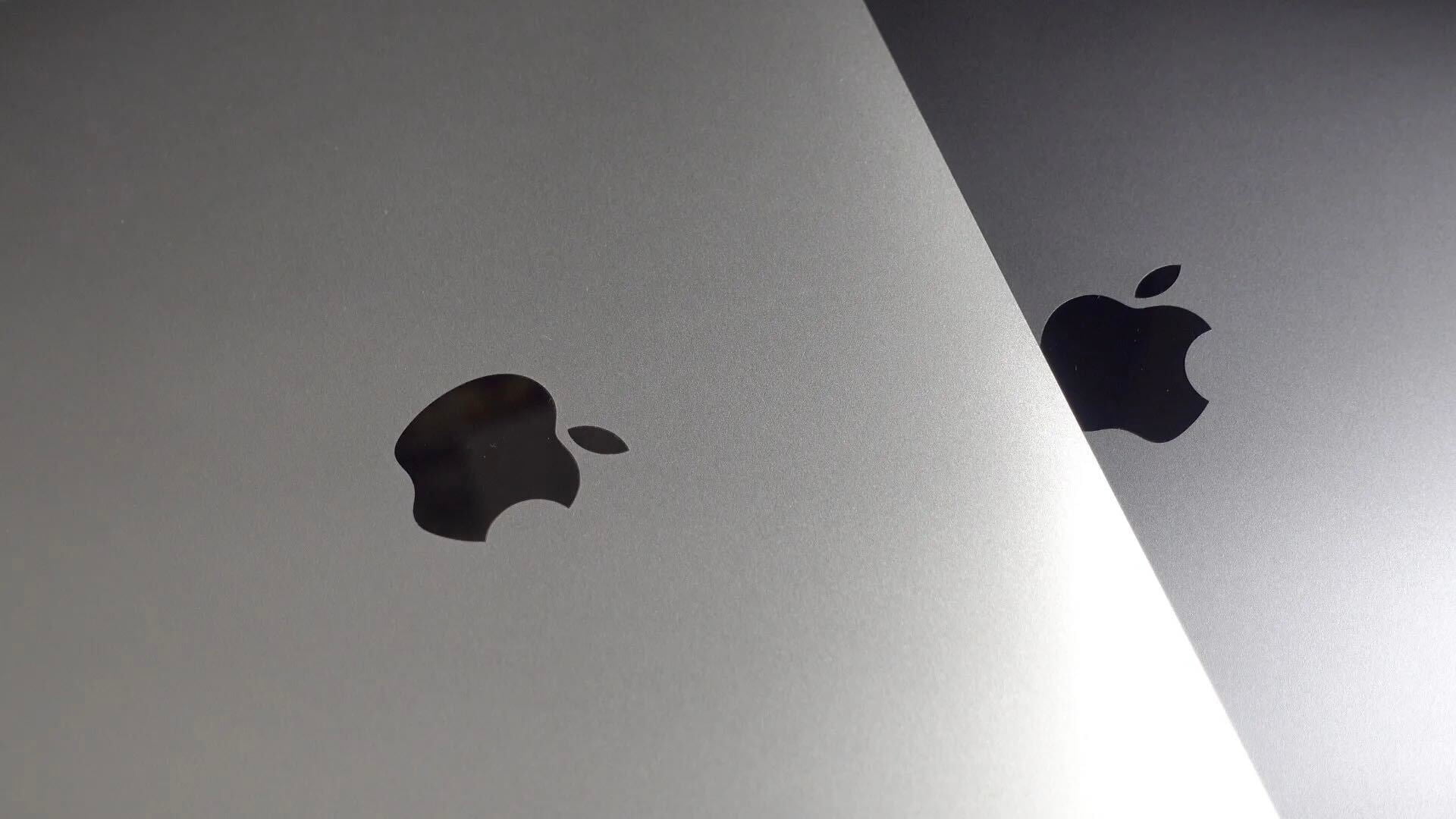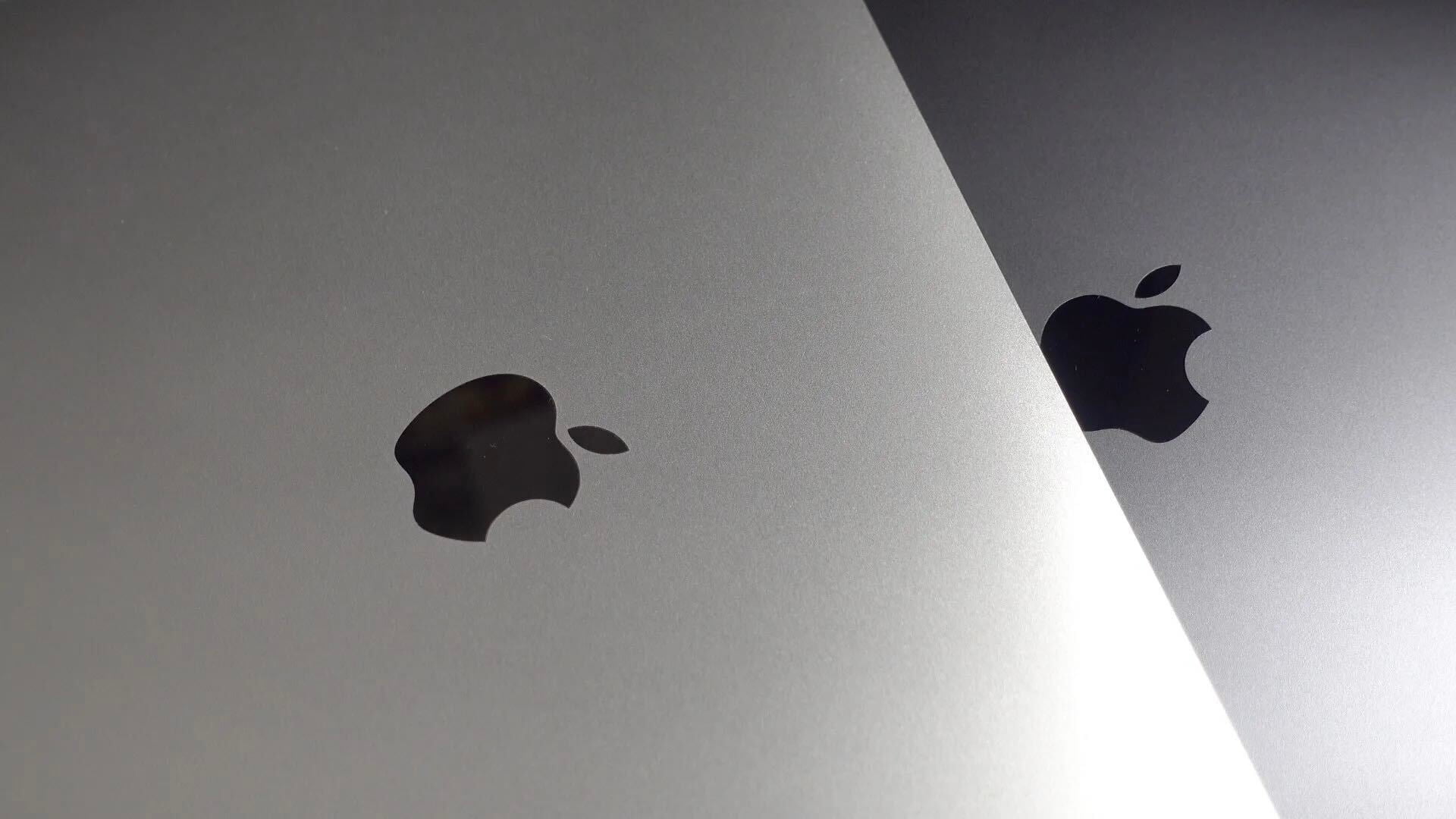Patent application reveals possible new Apple Watch gestures – even sign language


A patent application spotted by Patently Apple suggests that the Apple Watch turning on its display as you raise your wrist could be just the first of many supported gestures. Pointing, waving and even extending pinky and thumb in a ‘phone me’ gesture could all be used to initiate actions on either the Watch itself or a paired iPhone.
While voice and touch input can be an effective way to control a device, there may be situations where the user’s ability to speak the verbal command or perform the touch gesture may be limited.
This [patent] relates to a device that detects a user’s motion and gesture input through the movement of one or more of the user’s hand, arm, wrist, and fingers, for example, to provide commands to the device or to other devices […] The device can interpret the gesture as an input command, and the device can perform an operation.
Apple gives a number of illustrative examples of such gestures …


